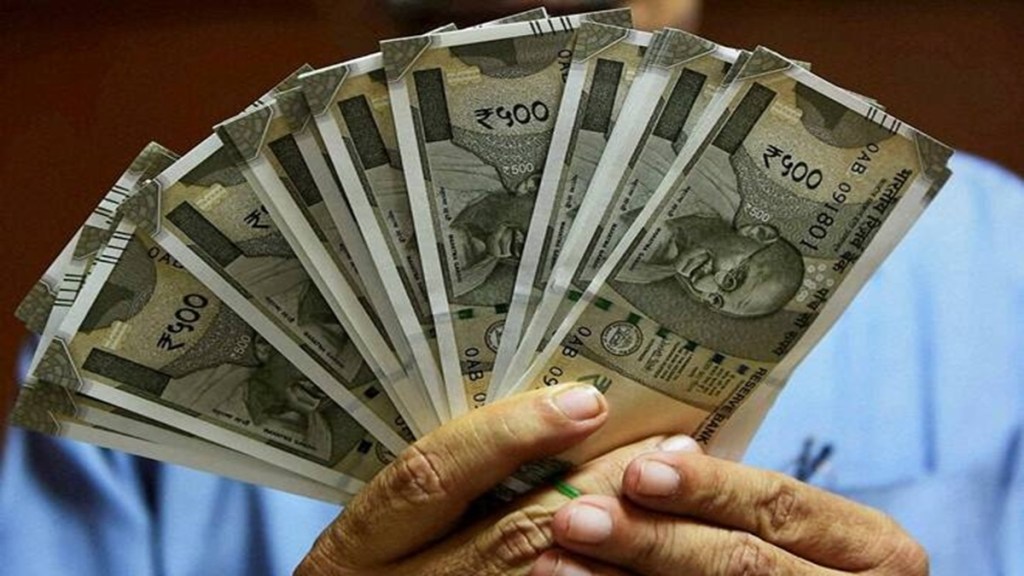With India’s retail inflation for January easing to 4.31 per cent, dropping significantly from 5.22 per cent in December, Barclays said that the Q4 CPI inflation may average at 3.8 per cent, materially lower than RBI MPC’s 4.4 per cent YoY estimate. This, it added, reinforces the projection of another rate cut by 25 bps in the April policy meeting.
What led to inflation softening?
The entire 91bp moderation in headline CPI inflation in January vs December was led by further correction in vegetable prices. Sequentially, CPI fell by 0.97 per cent m/m, a sharper fall compared with -0.56 per cent in December, and the median -0.13 per cent m/m typical of January. With this number, Barclays said, CPI has been falling for three months straight, with actual sequential momentum outpacing the usual softening run rate.
“Core CPI inflation, on the other hand, inched up to 3.74 per cent YoY from 3.65 per cent in December. Sequentially, core CPI rose 0.39 per cent MoM reversing December’s drop of 0.03 per cent, compared with the median rise of 0.52 per cent MoM that is typical of January. That said, the increase was not unexpected, coming from a usual January increase in house rents, while personal care and effects inflation surged, driven by the 2.74 per cent MoM increase in international gold prices over the month and further exacerbated by the depreciation of the currency, contributing a large part of this 9bp rise,” Barclays stated.
Within core CPI, goods inflation rose mildly to 3.9 per cent YoY in January, while services inflation also increased to 3.58 per cent YoY in January. Adjusting for the increase in global price for gold, core-core CPI inflation was unchanged at 3.3 per cent YoY.
In February 2025 to date, food prices are down by 1.4 per cent, with retail vegetable prices down 6 per cent. “We are tracking February CPI inflation at 3.6 per cent YoY. Taking our February tracker and March forecast, coupled with January print, suggests Q4 FY25 (Jan-Mar) inflation may average 3.8 per cent, ~60bp lower than the MPC’s forecast (4.4 per cent). Such wide downside risk to the MPC’s estimate reinforces our call for another 25bp repo rate cut in April,” said Shreya Sodhani, Regional Economist, Barclays.
Garima Kapoor, Economist and Executive Vice President, Elara Securities, also added, “The disinflation in food prices is expected to sustain in February as well, as till date, high frequency data on retail food prices suggests that disinflation in vegetable prices sustains. A weak CPI print with possibility of matching the RBI’s Q4FY25E estimate at 4.4 per cent (full FY25E average at 4.8 per cent, in line with Elara Estimates) amidst a still sluggish real economy provides the RBI’s MPC the necessary policy space to stay on rate cut path, in our view. We retain our FY26E baseline policy repo rate cut projection at 50bps, with next 25bps cut in Apr-25 MPC meet.”
The Reserve Bank of India’s Monetary Policy Committee had, on February 7, announced a 25 bps cut in repo rate to 6.25 per cent, while retaining the stance as neutral.

